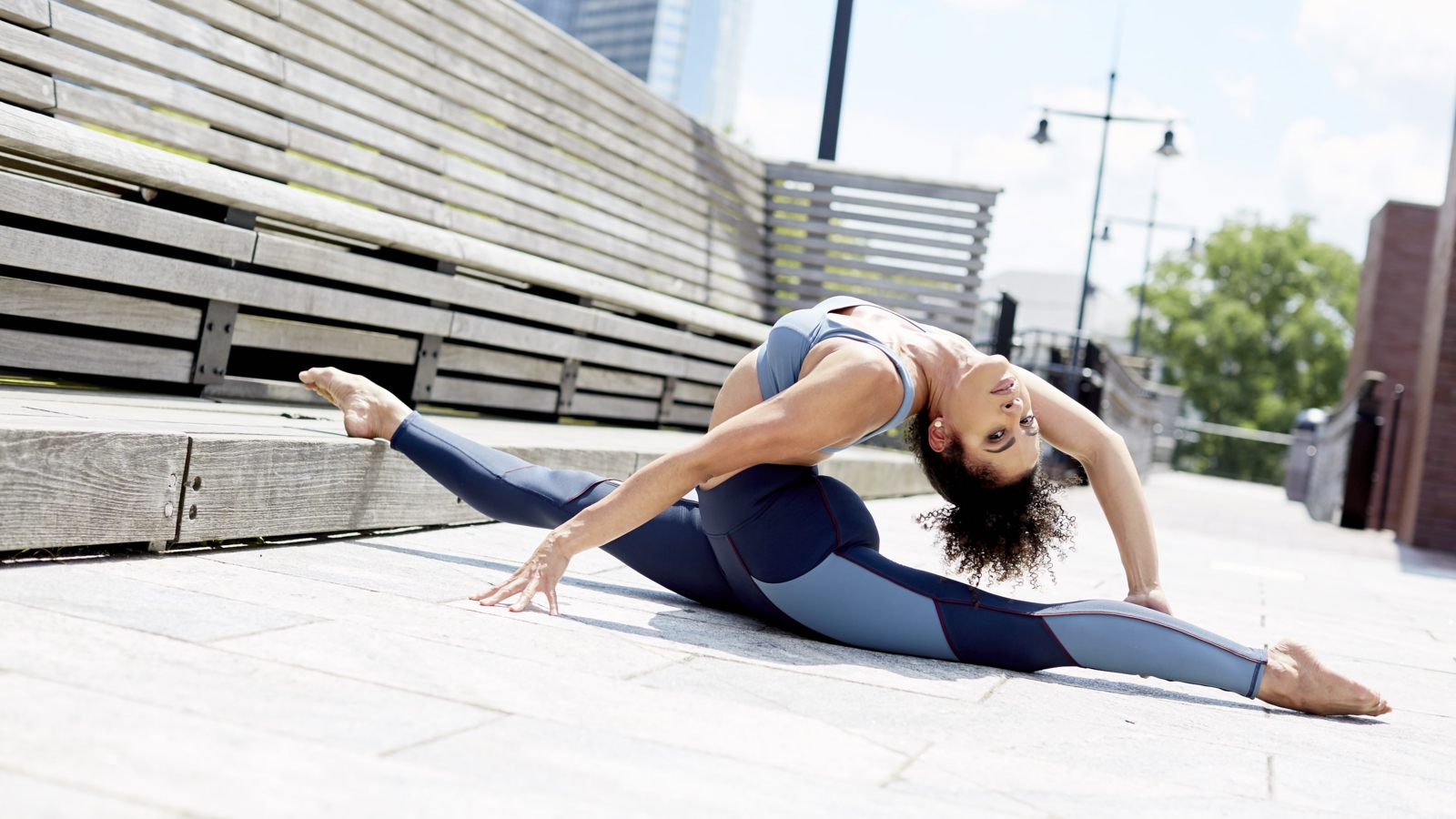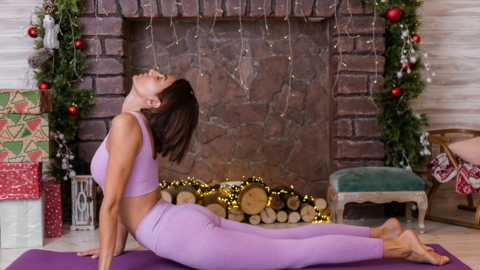Stuck in a Splits Plateau? Here’s How to Overcome It

When the floor is right there, yet somehow miles out of reach, you’ve hit the dreaded splits plateau.
It’s a common frustration, but with the right mix of targeted stretches, muscle strengthening, and well-timed recovery, you can finally break past it.
In this guide, we’ll slide into what makes those final inches so challenging and walk through proven strategies to get you there.
Try Different Stretches
When progress stalls, it might just be your body’s way of saying it needs a fresh approach. To push past a splits plateau, it helps to hit your hip flexors, quads, and hamstrings from all angles with a mix of dynamic and static movements.
Different stretches activate different muscle fibers and can open up flexibility in ways that a single stretch alone can’t.
Your body may also just react to certain movements better than others.
By varying your stretches, you’re not only challenging these muscles to move in new ways but also encouraging them to adapt, relax, and gradually extend.
If you need some ideas to help you get started, one of our stretching coaches here at STRETCHIT, Alicia Arche, outlines two of her favorite stretches for overcoming a splits plateau below.
Couch Stretch
The couch stretch is an underrated stretch for the quads and hip flexors, both of which are vital in front splits.
To do it, start by placing one knee on the floor with your foot pressed up against a wall or couch behind you, and bring your other leg forward in a 90-degree angle.
Keeping your core engaged, gently push your hips forward until you feel a stretch through your quads and hip flexors.
The couch stretch is particularly effective because it directly targets the front of the hip, which can get tight from daily activities like sitting. By releasing this area, you’ll be able to extend further into your splits without forcing it, helping you close that last gap.
Kneeling Lunge
A staple in flexibility training, the kneeling lunge is ideal for targeting the hip flexors and hamstrings simultaneously. Begin with one knee on the ground and the other leg bent in front of you.
Keeping your chest upright, press your hips forward, focusing on lengthening through the hip flexor of your back leg.
The kneeling lunge offers a great balance between flexibility and control.
It’s especially beneficial because it encourages both mobility and stability, which can be the missing piece when you’re stuck just a few inches from the floor.
This type of stretch also keeps you in an active range, promoting the strength and endurance needed to maintain your splits position over time.
Talking of strength…
Hip Flexor Strength
It’s easy to think learning to do the splits is exclusively about flexibility but the reality is that strength around the hips and core shouldn’t be ignored.
Strong hip flexors help create the stability you need to move deeper into a stretch without straining.
Hip flexor exercises like seated leg lifts, banded marches, and resistance-based movements strengthen these muscles, giving you greater control over your range of motion.
Building strength in the hip flexors can be the key to moving forward because it enables you to hold your splits position safely.
With stronger hip flexors, you’re able to guide yourself into the stretch with stability and gradually increase the depth over time, rather than forcing the range all at once.
Patience
While it may not be the most exhilarating advice, patience is vital for overcoming flexibility plateaus.
It’s important to understand that progress in flexibility training is not always linear; you might experience rapid gains early on, but as you approach that final inch towards achieving your splits, visible improvements can slow significantly.
This slowdown is a natural part of the process, as your muscles and connective tissues require time to adapt to deeper stretches.
Embrace this phase with patience, and remember that every small advancement contributes to your overall flexibility goals.

Rest and Recovery
Flexibility gains come during recovery, when your muscles repair and adapt to the new demands placed on them.
If you’re consistently stretching without rest, you might actually be creating tightness due to muscle fatigue. Aim for at least one or two rest days per week, or alternate between active and passive stretching to give specific muscles a break.
Taking rest days can also prevent overuse injuries and make sure your muscles stay receptive to stretching.
Try foam rolling or low-intensity yoga as part of active recovery to gently loosen tight areas without overstretching.
Get Started with STRETCHIT
Breaking through a splits plateau takes a smart approach.
But, you don’t have to tackle it alone.
With guided routines designed to target flexibility plateaus, STRETCHIT provides the structure, variety, and progressive challenges needed to keep your muscles adapting.
Join over 1.6 million users and let’s break through that plateau together!




